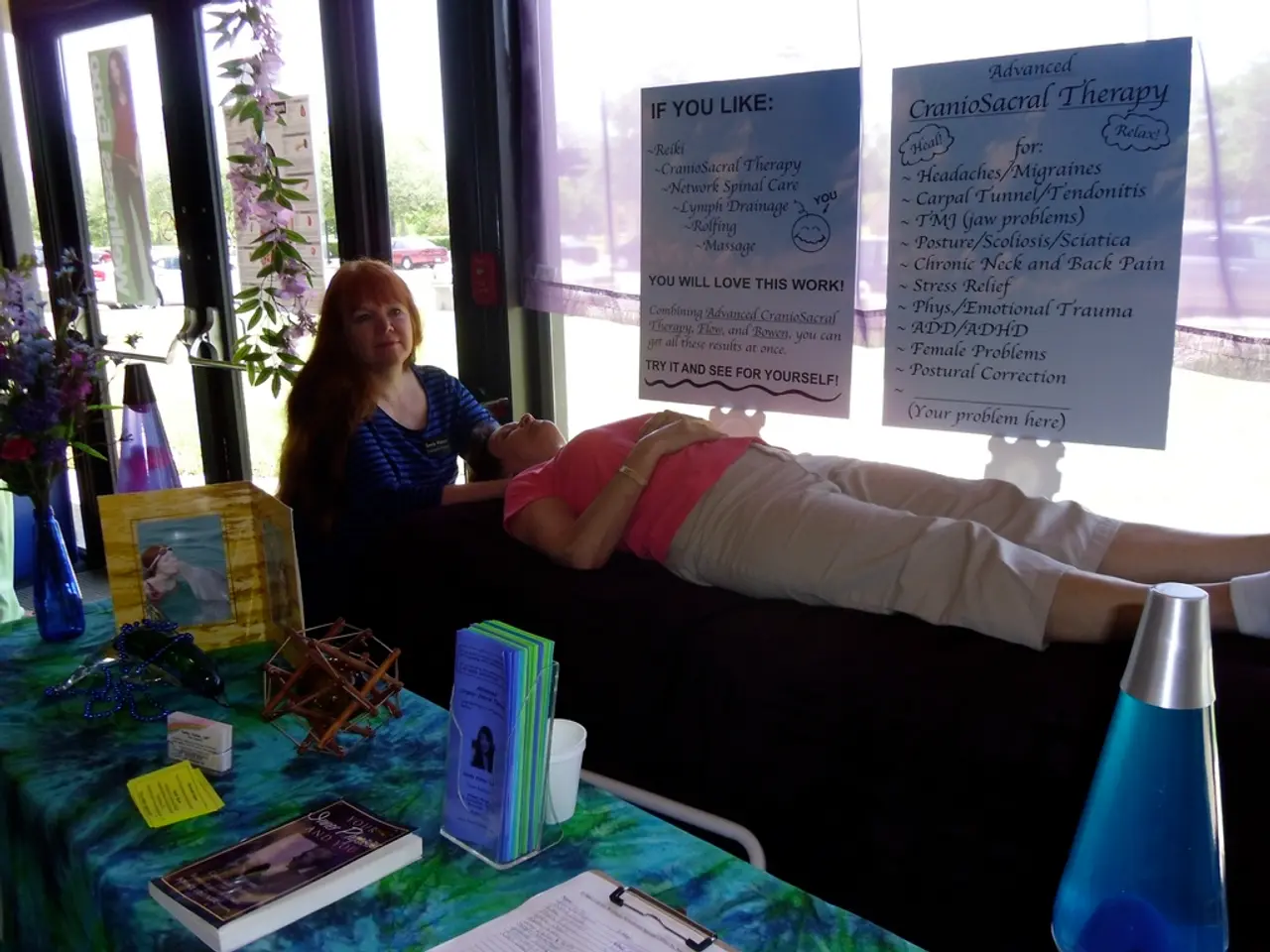Examining the 7 Expressions of Love: Recovery from Childhood Wounds
=========================================================
Love languages, first introduced by Dr. Gary Chapman in the early '90s, suggest that people have unique ways of expressing and experiencing love. These languages can play a significant role in trauma healing, particularly for those with childhood trauma.
Identifying one's love language is the first step in utilizing these languages for healing (Step 1). This can be achieved through a quiz or self-reflection.
Step 2: Communicating one's love language needs is essential for fostering true connection. For example, using positive, compassionate self-talk or affirmations, such as "I am learning and growing," can help rewire the brain’s emotional regulation pathways and build resilience (Words of Affirmation).
Embracing one's love language, and others', can aid in trauma recovery by rebuilding trust, emotional closeness, and making secure connections possible again. Two more love languages were added later: Shared Experiences and Deep Conversations.
Quality Time, another essential love language, involves engaging in consistent, predictable shared activities that promote safety and presence, such as mindful walks or calm conversations, to rebuild trust in relationships (Step 4).
Acts of Service, offering or accepting help with daily tasks, can help repair feelings of neglect or abandonment (Step 4). Thoughtful, meaningful tokens, such as gifts, can reinforce worth and care if aligned with the survivor’s preferences and boundaries (Receiving Gifts).
However, some love languages—particularly Physical Touch—may need cautious, consent-based application due to potential to trigger trauma responses. Words of Affirmation, for example, must be genuine and sensitive to existing self-protective beliefs (Note: This bullet point contains an incomplete sentence).
Only when safe and consensual, gentle touch like a hug or hand-holding can help soothe the nervous system (Physical Touch). Combining love languages with therapeutic tools like trauma-focused CBT or DBT can strengthen emotional growth and relational health.
Trauma survivors' need for safety and control is respected while promoting emotional connection and healing. Miscommunication can occur in love language communication, but active listening can help clarify interpretations.
Understanding one's love language can be a powerful tool for healing, especially for those dealing with childhood trauma. For instance, Mark, whose love language was Words of Affirmation, found that his partner's encouraging words became the salve for his self-doubt, helping him improve his self-esteem (Mark's Experience).
Sarah, another survivor, realized that quality time was vital. She and her partner carved out regular time together, leading to trust and expression blossoming in their lives (Sarah's Journey).
Rebuilding trust and safety can be achieved through consistent actions or positive words that align with one's love language. Emotional intimacy can be enhanced through quality conversation and undivided attention, which are key aspects of some love languages.
Additional healing practices to support love languages include trauma-informed body-based methods (e.g., breathwork, grounding, Parts Work/Inner Child work) to regulate the nervous system and address embodied trauma.
Overall, love languages serve as a steady relational scaffold in trauma recovery by offering consistent, personalized emotional nourishment while honoring consent and safety. They work best as part of a holistic approach that includes therapy and body-based healing.
Summary Table: Love Languages and Trauma Healing Practical Steps
| Love Language | Trauma-Aware Application | Practical Steps | |--------------------|-----------------------------------------------------------|----------------------------------------| | Words of Affirmation| Positive, gentle affirmations aligned with healing goals | Daily self-affirmations; kind verbal support | | Quality Time | Predictable, safe presence in relational contexts | Scheduled mindful time; engaged listening | | Acts of Service | Practical help conveying care and reliability | Offering support with tasks; accepting help | | Receiving Gifts | Meaningful, consensual tokens to reinforce worth | Thoughtful gift-giving within boundaries | | Physical Touch | Only if trauma triggers can be managed with consent | Gentle, agreed-upon touch; slow rebuilding of trust |
- Nurturing personal growth and emotional well-being can be aided by understanding one's love language, as demonstrated by Mark's experience, where his partner's affirming words helped alleviate his self-doubt and boost his self-esteem.
- Sarah's journey of healing from trauma revealed the significance of quality time in fostering trust, expression, and emotional closeness, as she and her partner made a concerted effort to carve out consistent, meaningful time together.
- Incorporating love languages as part of a holistic approach, including trauma-focused therapy and body-based healing methods such as breathwork, grounding, and inner child work, can help address embodied trauma and promote healing in family dynamics and relationships.
- To achieve long-lasting emotional intimacy, mindfulness, deep conversations, and undivided attention should be embraced to enrich connections and, in turn, support the healing process for individuals dealing with various forms of trauma.




